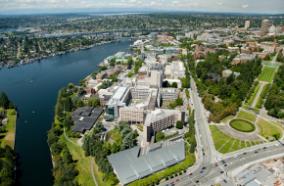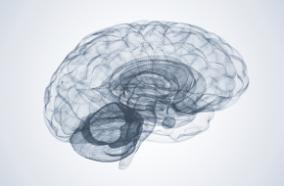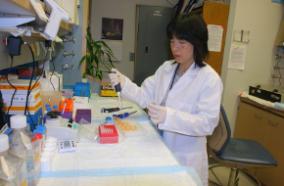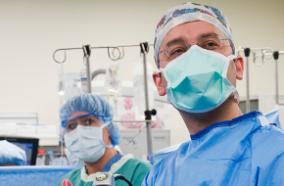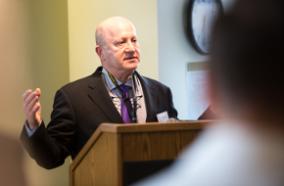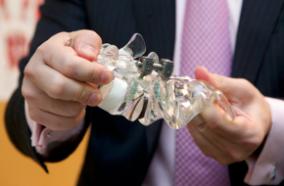Segmented quantitative diffusion tensor imaging evaluation of acute traumatic cervical spinal cord injury.
Segmented quantitative diffusion tensor imaging evaluation of acute traumatic cervical spinal cord injury.
Br J Radiol. 2021 Feb 01;94(1118):20201000
Authors: Mossa-Basha M, Peterson DJ, Hippe DS, Vranic JE, Hofstetter C, Reyes M, Bombardier C, Jarvik JG
Abstract
OBJECTIVES: To evaluate segmented diffusion tensor imaging (DTI) white matter tract fractional anisotropy (FA) and mean diffusivity (MD) values in acute cervical spinal cord injury (CSCI).
METHODS: 15 patients with acute CSCI and 12 control subjects were prospectively recruited and underwent axial DTI as part of the spine trauma MRI. Datasets were put through a semi-automated probabilistic segmentation algorithm that analyzed white matter, motor and sensory tracts. FA and MD values were calculated for white matter, sensory (spinal lemniscal) and motor tracts (ventral/lateral corticospinal) at the level of clinical injury, levels remote from injury and in normal controls.
RESULTS: There were significant differences in FA between the level of injury and controls for total white matter (0.65 ± .09 vs 0.68 ± .07; p = .044), motor tracts (0.64 ± .07 vs 0.7 ± .09; p = .006), and combined motor/sensory tracts (0.63 ± .09 vs 0.69 ± .08; p = .022). In addition, there were significant FA differences between the level of injury and one level caudal to the injury for combined motor tracts (0.64 ± .07 vs 0.69 ± .05; p = .002) and combined motor/sensory tracts (0.63 ± .09 vs 0.7 ± .07; p = .011). There were no significant differences for MD between the level of injury and one level caudal to the injury or normal controls.
CONCLUSION: Abnormalities in DTI metrics of DTI-segmented white matter tracts were detected at the neurological level of injury relative to normal controls and levels remote from the injury site, confirming its value in CSCI assessment.
ADVANCES IN KNOWLEDGE: Segmented DTI analysis can help identify microstructural spinal cord abnormalities in the setting of traumatic cervical spinal cord injury.
PMID: 33180553 [PubMed - indexed for MEDLINE]


